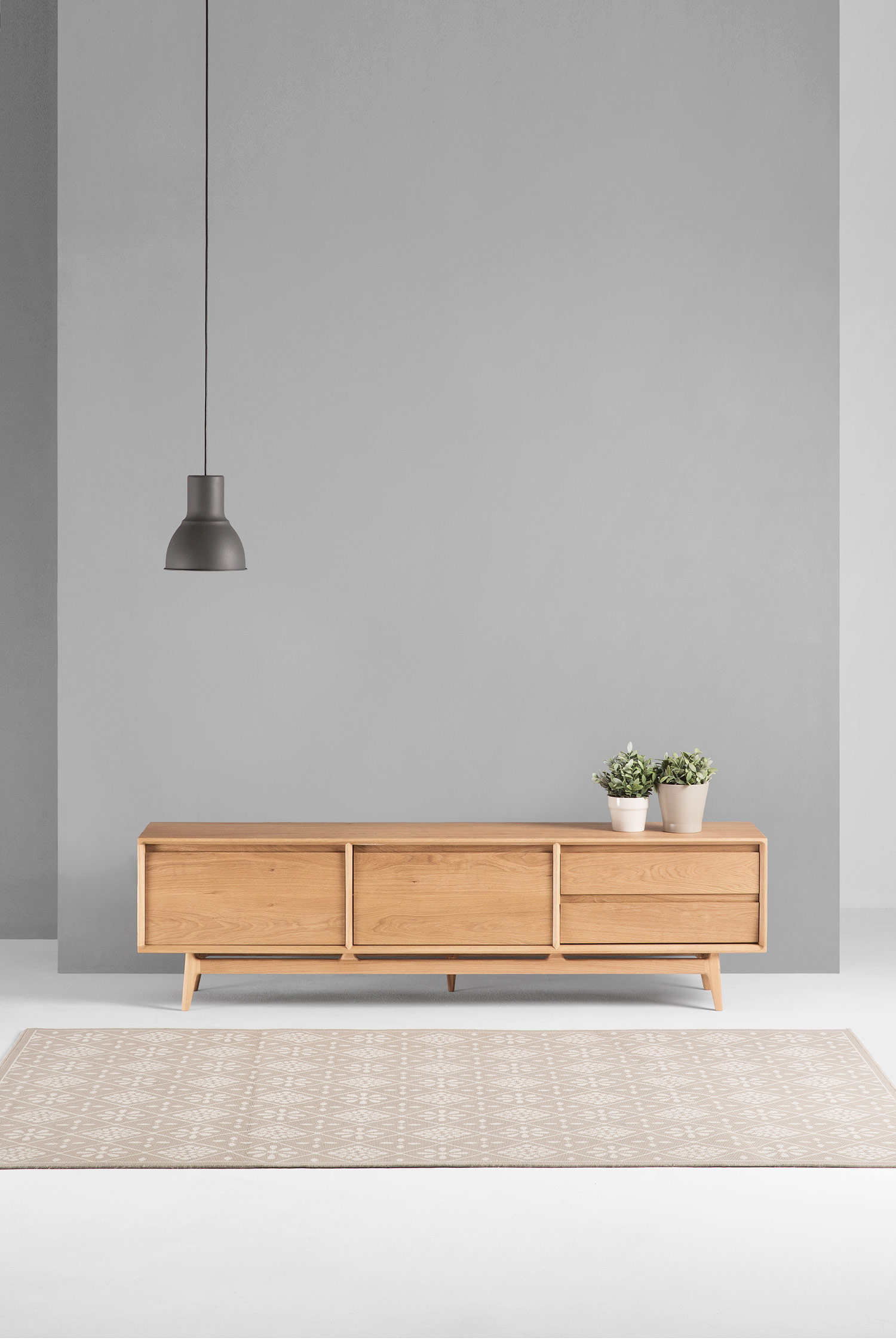Solvent type ink
Features:
Considered as the most economical ink in the field of digital printing today, its requirements for equipment and maintenance are not very high.
Can produce durable outdoor prints
The substrates needed are less expensive than the coating materials used for aqueous inks.
Ideal for printing on soft materials, but also on low-cost, non-coated materials such as self-adhesive vinyl, fiber, and fiberglass banner materials.
Shortcomings
Drying speed is fast but VOC (volatile organic compounds) are emitted. VOCs are a hot issue in environmental regulations and worker safety laws. For printers that use traditional solvent-based inks (or use large format digital printers) to produce large volumes of printed matter, a proper ventilation system is needed to effectively manage VOCs, minimizing their damage to the human body and the environment.
The increasing regulations on VOC emissions in the North American and European markets may have an impact on the use of these inks in international markets.
Mild solvent ink
Features:
People often use the terms “mildâ€, “low smell†and “environmentally friendly solvent†to describe them because they are more economical than traditional easy inks.
The odor produced in the production process is relatively light.
Disadvantages:
Harmful substances are released into the air, even if they are not inks containing VOC components. Due to the different regulations adopted in different countries, some inks are considered to contain VOC ink in some countries but not in other countries. The most important thing is to see if your ink is compliant with the regulations in your area.
The "environmental protection" in environmentally friendly solvents refers to its economic price, not ecological or environmental protection. This ink may not be harmful to the environment, it may also be harmful. They usually contain ethylene glycol esters or glycol ether esters, which are all extracted from mineral oils.
Printing houses should know that the reduction in odor does not mean that they emit less chemicals in the production process.
Water-based or water-based ink
Features:
The main component is water, with a content of between 70% and 90%. In addition, it contains a small amount of mild solvent to make the ink more easily attached to the substrate.
Mostly used for printing POPs, short-run outdoor advertising, long-term indoor advertising, and indoor light box materials.
The printing process is relatively clean.
Disadvantages:
When it is used to print indoor and outdoor prints, it must be coated to protect the surface of the prints.
To achieve the desired effect, you must use a coating material.
"Eco" or vegetable ink
Features:
Made of vegetable oil instead of oil. These vegetable oils come from soy, flaxseed or corn, reducing the use of non-renewable resources such as oil. However, it still uses some traditional solvents.
Can be attached to a variety of non-coated materials.
Almost the same durability as traditional solvent inks can be achieved.
Disadvantages:
Ethanol, whether from oil or from crops, is also ethanol. And as long as it is an ethanol product, it will discharge VOC into the air. VOC emissions from vegetable inks may be less than traditional inks, but printers still have to consider waste disposal and environmental protection issues.
The concept of digital ink
Water-based or water-based ink: An ink consisting mainly of water, which also contains a small amount of organic solvents, such as alcohol or ethylene glycol, which can help the ink penetrate the surface of the print and can be stored during the ink. The dye is uniformly dispersed in the solvent.
Ecological or vegetable inks: These inks contain alcoholic solvents from plants, such as corn and soybeans, which adhere the ink's pigment to the substrate.
Curing:
(1) The drying process requires a high temperature, and the ink film cannot be dried by oxidation.
(2) During the decoration of textiles, heat is used to allow the pigment/dye to adhere to the fabric fibers.
(3) Two or more chemical reactions occur. When the reaction is complete, a dry surface is formed, for example, a photochemical polymerization of a UV-cured coating.
Ink: Ink is a liquid containing various pigments/dye that forms a colored image or font on the surface of an object. Ordinary ink can be used to draw or write, but its biggest use is printing.
Inkjet printing: A non-contact printing method in which nozzles can drop ink droplets from the printhead onto the surface of the substrate.
Solvent: A liquid that dissolves, reduces, or dilutes another substance.
Solvent release: Evaporation of the solvent during drying.
Substrate:
(1) The surface (usually the substrate or paper) of a material or object used for printing, adhesion, or post-processing.
(2) A basic material, or the basis for the application of another material.
UV curing:
(1) is an aggregation process.
(2) Skiing reactions that occur under ultraviolet light.
(3) The use of UV light can turn a wet coating or ink into a solid state.
UV ink: An ink containing an activator that can polymerize under the irradiation of an ultraviolet light source.
